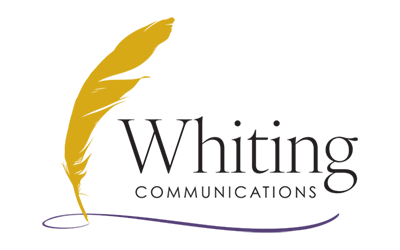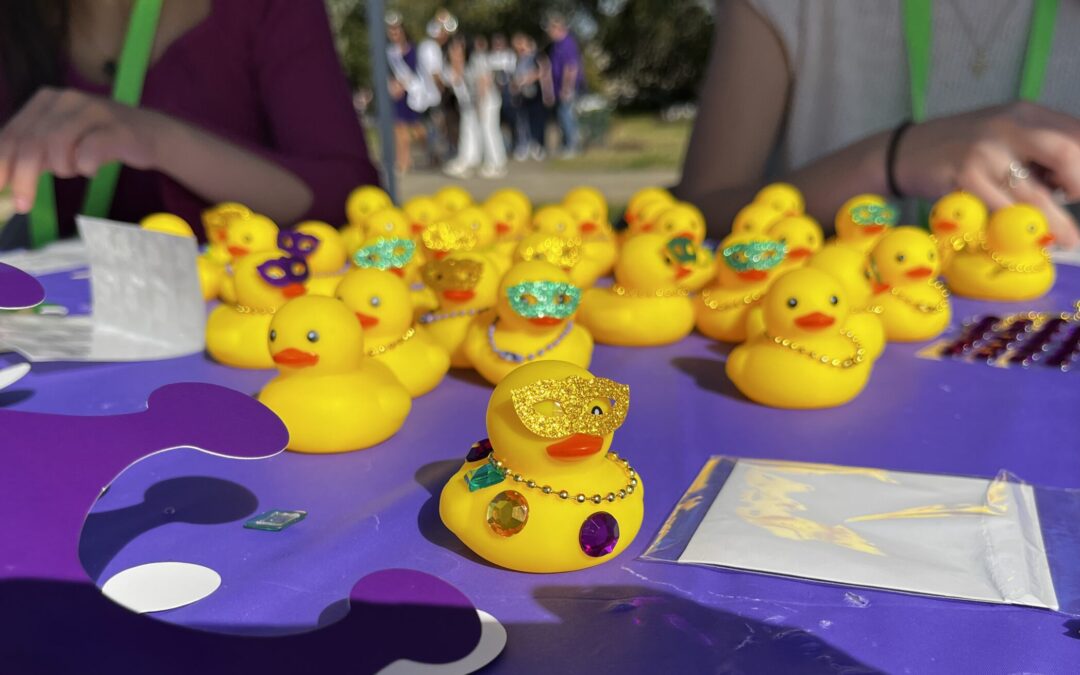What does meaningful advocacy look like outside of the Beltway?
There wasn’t much going on where I spent my childhood in the 1980s. St. Francisville, Louisiana (an infamously famous haunted town) was far enough outside the big city of Baton Rouge to be beyond the radiowaves of cable TV and mainstream radio. We listened to a lot of public broadcasting.
On Saturdays, my mom would listen to Prairie Home Companion, and inevitably, pledge season would come around. The broadcasters would beg and plead for donations, and as an added bonus, you could get what I assume was considered a coveted prize: a National Public Radio tote bag.
“What the heck am I going to do with a tote bag?” My mom would say, shaking her head. Where we lived, and before all the environmentally friendly efforts to reduce the use of plastic bags, tote bags were practically useless if you were driving from store to store. Even today, Louisiana ranks among the worst states for pedestrian safety in no small part because we lack sidewalks. Where there are sidewalks, there’s also the issue of having nowhere to go. It’s one thing to walk down the block to a restaurant and another to walk three or four miles down the highway in the sun to get to a corner store (and then back, lugging your purchases in an NPR tote).
When I moved to Washington, DC, I’d accidentally stumbled into tote bag heaven.
On the metro, in the arms of Capitol Hill staffers, in great supply at the grocery store — in a metro area like DC, tote bags make sense. If you commute by foot, you need a way to haul lunch, work shoes, briefing books, and workout clothes. Unlike most Americans who rely heavily on their cars, in a place like DC, New York, or Chicago, you are your own trunk.
Tote bags are a microcosm of a trend I’ve noticed in policymaking. DC-minded policy solutions for everyday problems are often far and apart from how folks in rural areas like Louisiana actually live. Without a foundational understanding of their challenges and daily lives, it can be difficult to activate individuals to engage in advocacy and policy. For so many, we’re just trying to survive, connect, and find community.
As former Speaker of the House Tip O’Neil famously said, “All politics is local.”
What connects community conversations about quality of life to national discussions about systems change?
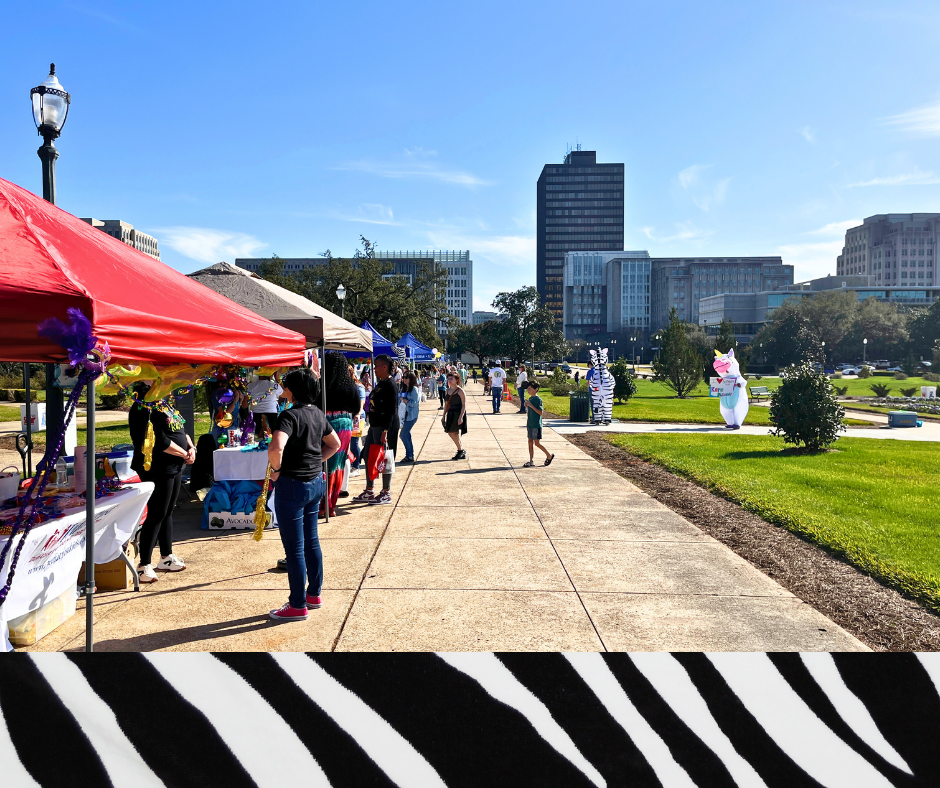
Families gathering for World Rare Disease Day at the Louisiana State Capitol, 2025
February 28th was World Rare Disease Day. My partner Geoff and I had the lucky opportunity to join a celebration at the Louisiana State Capitol for people and families impacted by rare diseases. How connected these organizations and families would be with policy issues that threaten people with rare diseases?
Right now, Louisiana is facing multiple public policy challenges that could adversely impact people with health needs and disabilities:
- Louisiana has joined the cadre of 17 states suing to restrict Section 504 of the Rehabilitation Act, which offers community protections for people with disabilities. As one mom described caring for her son with Down Syndrome, “I’m really scared” that he could be institutionalized again without these protections.
- As uncertainty looms over the Department of Education, protections and support for kids with disabilities have been stalled. More than 62,000 children in Louisiana are living with disabilities, and more rely on Individualized Education Plans (IEPs) under the Individuals with Disabilities Education Act (IDEA). The majority of these children live in households with financial hardship and need public funds to survive.
- More than half of Louisiana’s state budget relies on Medicaid and other federal programs; yet Louisiana lawmakers in Congress have pushed heavily to cut Medicare, Medicaid, and other healthcare supports.
But despite these common barriers, the Louisiana patient advocacy voice is fragmented and siloed across disease states, conditions, and sociodemographic backgrounds.
The Louisiana Developmental Disability Council leads LaCAN, an influential and impactful coalition known as the “Yellow Shirts” that advocates for people living with I/DD. Rare diseases and genetic or congenital conditions that may or may not include cognitive impairment tend to fall outside of I/DD networks. While not intentionally excluded, they’re just different enough to escape the umbrella’s shade.
Likewise, the state chapter of AARP hosts the Live at Home Louisiana coalition, which aims to support more home- and community-based services for older adults. As ProPublica captures, Louisiana’s nursing homes consistently rate among the worst in the nation, with 200 out of 267 facilities reporting infection-related deficiencies (including 92 homes with serious deficiencies) and over $12 million in penalties as of November 2024. And like their national counterparts, aging advocates and rare disease advocates may sometimes miss each other. Many rare disease organizations are focused on pediatric conditions, and many aging organizations may not realize that older adults can have rare diseases, too.
Generally, national issues also face the communications challenge of seeming disconnected from day-to-day conversations about quality of life. When someone is trying to survive in a state with little infrastructure, detailed discussions about Congressional reauthorizations, appropriations, and the separation of powers among branches of government can be fatiguing. (Heck, even for those of us with law degrees and advocacy experience can find these conversations draining at times.)
Effective advocacy depends on capacity – something that people managing life-altering diseases or caring for someone with healthcare needs – have in short supply. If it comes down to helping my loved one today, or calling my Congressperson, the person in my care will win every time.
Finding Rainbow Unicorns at World Rare Disease Day
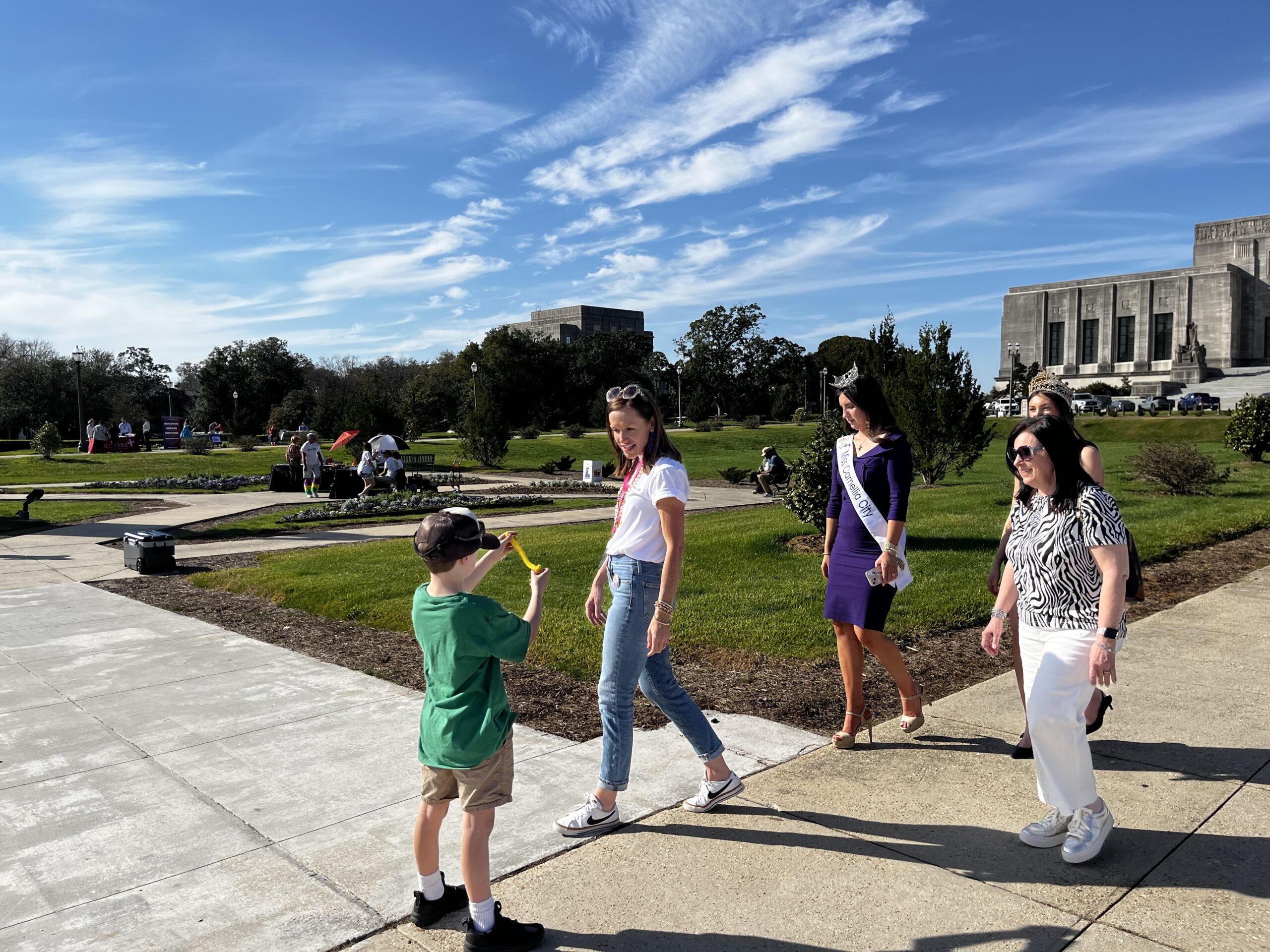
RDPAC Co-Chair Lauren Williams and local beauty queens talking with an attendee at Louisiana Rare Disease Day, 2025
Here’s where the Louisiana Rare Disease Advisory Council steps in, with patient advocates, caregivers, academics, and medical professionals appointed by the Governor. This incredible group led the World Rare Disease Day celebration, coming together to find community and shared purpose.
In true Louisiana fashion, the event featured not only zebras, but rainbow-colored unicorns. Attendees blended the bling and sparkle of Mardi Gras with the awareness event. Participating organizations focused on the practical, everyday impact of living with a rare disease.
For example, the local chapter of the Pediatric Cortical Visual Impairment Society is looking for ways to better integrate resources for children who are deaf and blind into state educational curricula in partnership with other community health organizations.
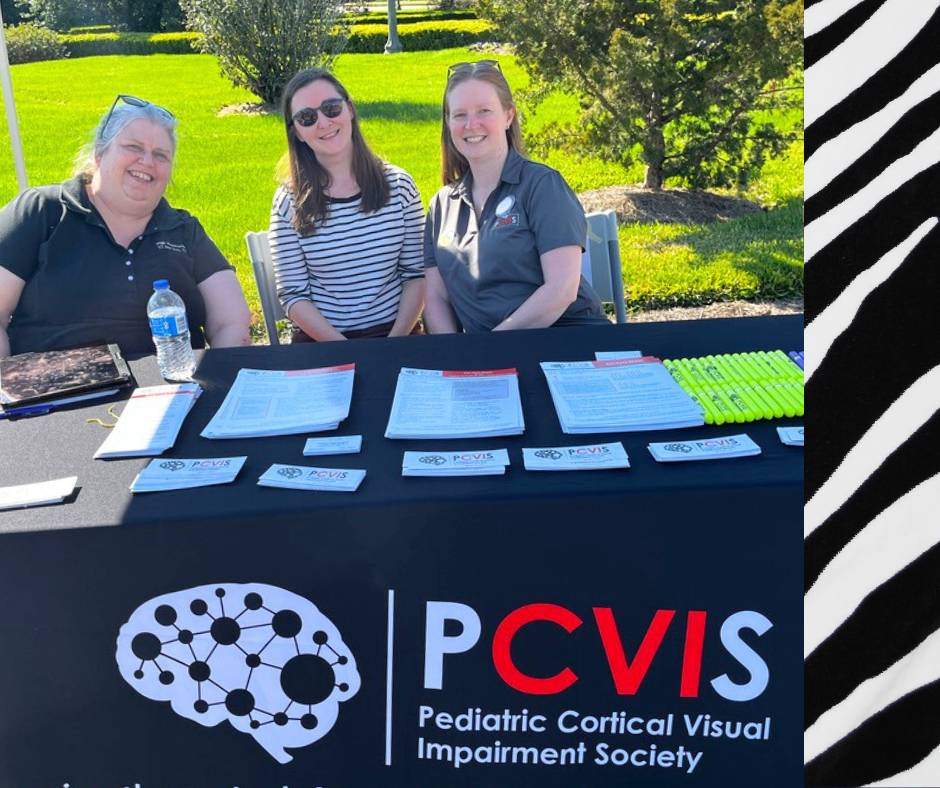
Advocates from the Louisiana chapter of PCVIS discussed their goals to improve educational curriculum for children with disabilities
Groups like the Baton Rouge Chapter of Ainsley’s Angels and the McLindon Family Foundation are exploring ways to help kids participate in Louisiana’s great outdoor conditions by offering accessible 5K and marathon aides and accessible bicycles.
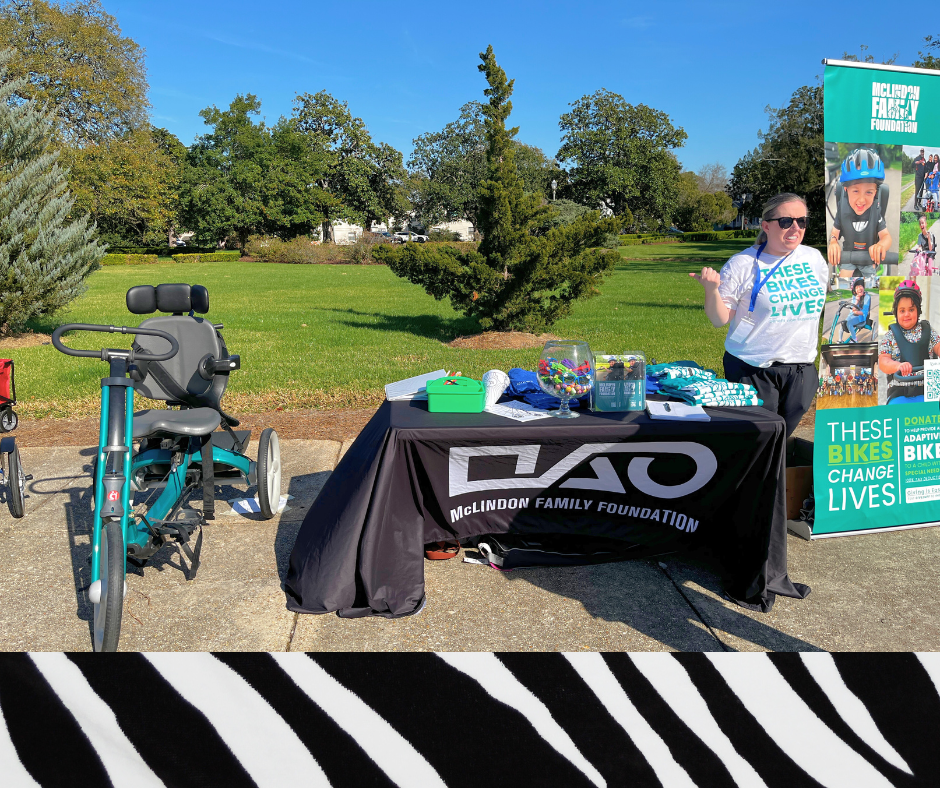
Groups like the McLindon Family Foundation seek to improve the quality of life for children with functional limitations
With attendees ranging from local beauty queens to occupational therapists, students to professionals, the event centered on the question that impacts patient and caregiver advocates the most: How will I get through today? How can I make my present situation better?
Legislative and regulatory change takes time – and in a volatile environment, the message that everything is a crisis stops resonating when families have to go back to everyday tasks like buying diapers and groceries, taking time off work, or finding providers. There are overlooked opportunities to elevate the voices of people living in rural states like Louisiana and to align their needs with more vocal, national conversations on how to protect people who are aging and people who are living with disabilities. But to get there, we need to ensure we’ve invested in building up the trust and goodwill of the local community to let their voice be heard.
Speak their language, understand the local customs, and don’t forget that at the end of the day, we vote based on what’s happening in our backyard. Be aware that not everyone will need a tote bag to solve their problems. Being open to valuing the daily, lived experiences of someone with disabilities and their caregivers is a good starting point for building the larger, national community needed to make change.
PS – If you doubt the cultural phenomenon of tote bag culture, New Yorker cartoonist Ellis Rosen posted a handy guide this week to tote etiquette. Check it out on his Instagram here.
How We Care is a digital publication that examines how we care for each other, our communities, our society, and the world at large. A social impact project of Whiting Communications, How We Care is offered to everyone interested in the human connections that bind us. Learn more at http://howwe.care.
